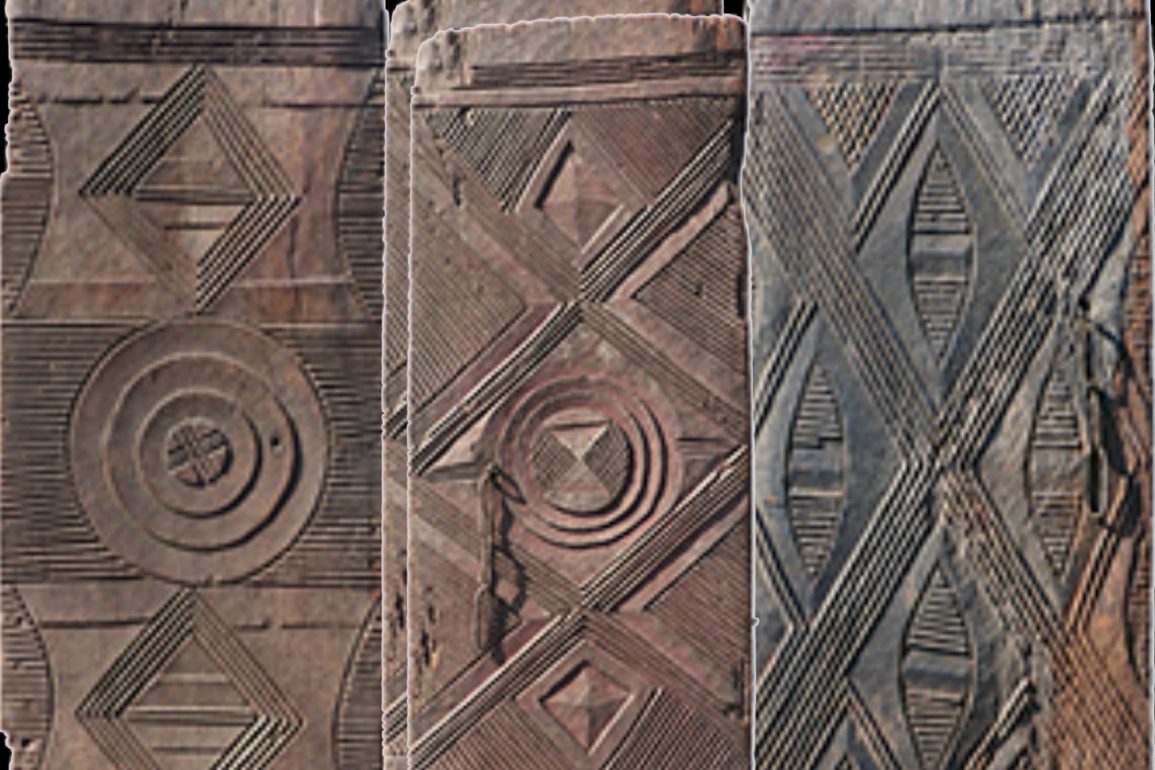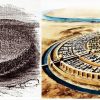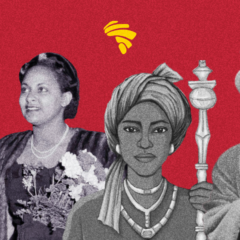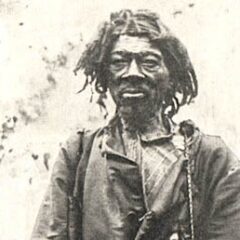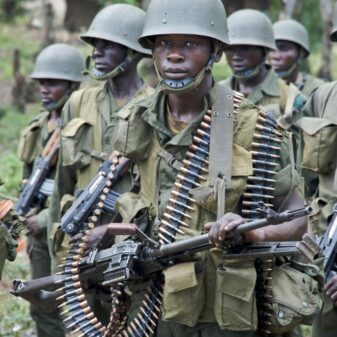Hey there African history enthusiast and/or scholar.
Ancient Igbo architecture is mostly a virgin research field as sparse literature is available to investigate the aesthetics of the Igbo people before the advent of colonial thingies (I beg not your pardon).
In this article, I’ll share with you the origin, inspirations and “death” of the Igbo carved doors.
Let’s dive in!
A Pretty Brief History of the Igbo People
The Igbo people, Ndị Igbo, are an ethnic group found in the south-eastern part of Nigeria. According to oral history, it is believed that Ndị Igbo are descendants of Dan, one of the twelve sons of Jacob.
Igbos are industrious people and perhaps one of the last ethnic groups to come in contact with the Europeans.

Northern Igbo Carved Doors
The focus of this article is on Awka, a quiet town in present day Anambra State in Nigeria. Before discussing the Igbo carved doors, it’s important to identify some concepts.
Stay with me!
Awka straddles the main highway spanning Onitsha on the River Niger to Enugu which was formerly the capital of Anambra State.
A tour round the major parts of the town reveals a rapidly changing scenery as it is now the capital city of present day Anambra State. However, numerous footpaths thread their ways through the entire area, connecting sub-villages and neighbourhoods.
Awka is comprised of 33 ummuna –a territory-specific kin group of several families who attribute their lineage to a common patrilineal ancestor. One of these 33 ummuna was saddled with the responsibility of carving elaborate geometrical reliefs on a hardwood known as iroko.
The Ọzọ System
The Ọzọ institution is the highest spiritual and social strata in Igboland. It is led by Eze Nri who is believed to hold the highest Ọzọ title.
Initiates of this institution are accorded prestige and power, and are seen as living ancestors. They mediate on disputes within the community and are relied on for leadership.
The cleansing ritual that comes before one is given the title is extremely expensive. In most cases, only aged and industrious people attain such a great height.
The Ọzọ system is not affiliated to any regal institution or lineage as the Igbo originally did not have any. It is open to all male candidates who are considered eligible.

Investigating the Aesthetics of the Igbo Carved Doors
The Igbo carved doors, known locally as mgbo ezi, were made from slabs of the sacred termite-resistant oji tree –African oak, widely known as iroko.
The wooden panels were approximately 1-1.5 meters high and spanned nearly a meter in width. Several individual panels were held with locally made metalworks as some sort of gate at the entry to the home of a titled Igbo chief, one who has ascended the ranks of the Ọzọ institution. A pull chord or iron chain was attached to the center to serve as a knob.
The panels were richly decorated with reliefs on the public side. According to Nancy Neaher, their tiny serrations and elongated lines caught and reflected light from the sun like with glass in Western experience.
In Awka, the men of a certain umunna were responsible for carving doors, shrine imagery and other ritual objects. Since doors were only carved when one took the high-profiled Ọzọ title, the door carvers mostly made their huge gains on one of such occasions as the initiation of an Ọzọ member.
The carved oji panels of the mgbo ezi constituted an imposing display which declared the presence of a highly ranked man in the family.
Doors were also carved in precolonial Igboland for shrine entrances. In many situations, the head of the family was the most likely to take the Ọzọ title.

Therefore he was faced with the duty of handling internal family affairs, representing the family at the meeting of ummuna, and the responsibility of communicating with their ancestors and gods.
As the custodian of the family lineage, such family heads also commission carved doors for their shrines which was always in the obu, a central structure in an Igbo compound of low-walled mud huts that served the role of the sitting room or reception area in modern architecture.
The doors were used to bridge the human and spirit worlds.
In some situations, initiates of the Ọzọ institution could not raise enough money to contract the carving of two doors –one for the main entry way and another for their shrine.
Therefore, azu oji, a cognate with narrower dimensions but the same design patterns was made.

The carved doors were revered as they, strategically, were inviting and posing a warning at the same time. The warning was to create an awareness of the powers an Ọzọ member is known to possess.
The doors featured geometrically rich textures created by narrow grooved hatchings and tiny, dentated studs. They bore diamonds, squares, rectangles, triangles, half-moons, quatrefoils and graceful loops.
During the Biafran War between 1967 and 1970, almost all the carved doors that stood to mark the residences of highly ranked Igbo men were destroyed.
The few that survived, mostly characterized by dents and weathered looks, are mostly on sale as art relics between $1000 and $5000.
Design Inspirations for the Igbo Carved Doors
From the works of Nancy C. Neaher, it is believed that certain art forms peculiar to the Igbo people (especially the Nri clan) conferred some geometrical sophistication and beauty on the carved doors.
Two of these art forms are ichi and uli.

Ichi
“Ichi marks consist of a series of narrow lines incised on the forehead and temples of select northern and western Igbo men.” There is some inconsistency in the origin of this patterned scarification but its usage seem to coincide with the historical sphere of influence of the Nri people.
It appears that the ichi markings were tattooed on the forehead to mark nobility or high rank. This is made concrete by the fact that the Eze (king) of Nri and his aides bore the markings.

Not only is ichi attributed to people of high ranks, they are also rarely inscribed on females.
Infact, only the Eze’s eldest daughter and a dwarf attendant were few of the women known to have received the marks.
See also: More Than Art. African Tribal Markings and Their Meanings
Ichi‘s unique design of hatched lines is a recurring theme in the sculptural arts of the Igbo people. This suggests a proclamation of high rank and/or masculine achievement and excellence as sculpting was solely a masculine domain.
The striated patterns on Ọzọ stools, ritual objects and the mgbo ezi (carved doors) point to the ichi.

Uli
Body painting is not an alien custom to the Igbo. Pigments from crushed fruit pods of various local plants, particularly Randia malleifera, were used by Igbo women to draw intriguing patterns on bodies of maidens at different stages of their lives.
“The village belles are not unversed in the arts of coquetry. They take particular pains to attract the attention of eligible young men, and do not hesitate to advertise their personal charms. Cleverly drawn freehand designs traced over the body from head to foot…,” English missionary, Balden observes.
Although uli is a feminine cosmetic, some young males were decorated with it as well.

Uli paintings were not an everyday affair. Young women were decorated with the pigment at important moments of their lives –at the time of betrothal and marriage, at the naming ceremonies of newborns and on the occasion of a young woman’s untimely demise.
Just like with the ichi markings, the graphical overview of the Igbo carved doors incorporated uli designs for an ultimate visual representation that exuded power and nobility.
Apart from ichi and uli, carved doors in ancient Igbo also bore disparate elements in its relief decorations. The doors combined man’s head, woman’s body, titled markings and youth cosmetics.
The metaphorical representation of male, female, young and old accentuates the core egalitarian composition of the Igbo people.
As you have seen, the aesthetics of Igbo carved doors clearly attest to the sophistication of Igbo people and by extension, Blacks, before the precolonial 20th century.
